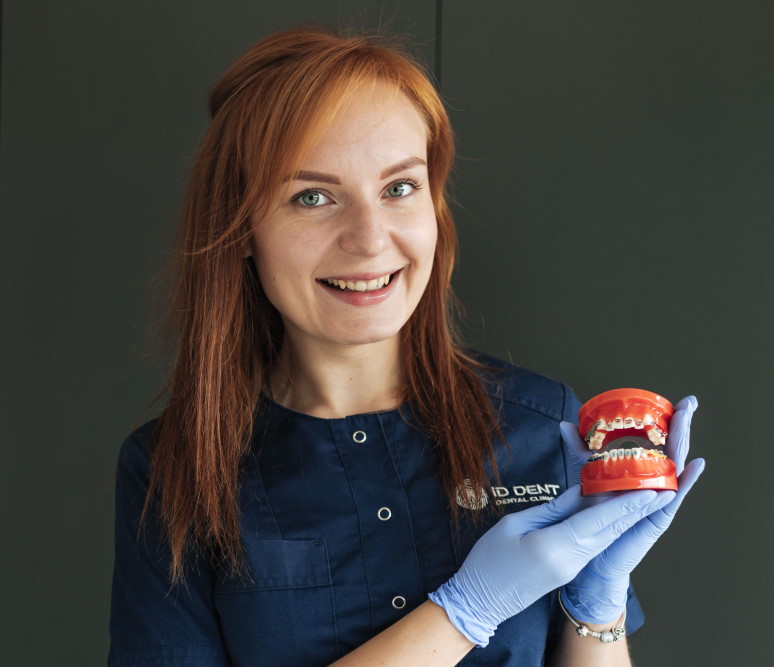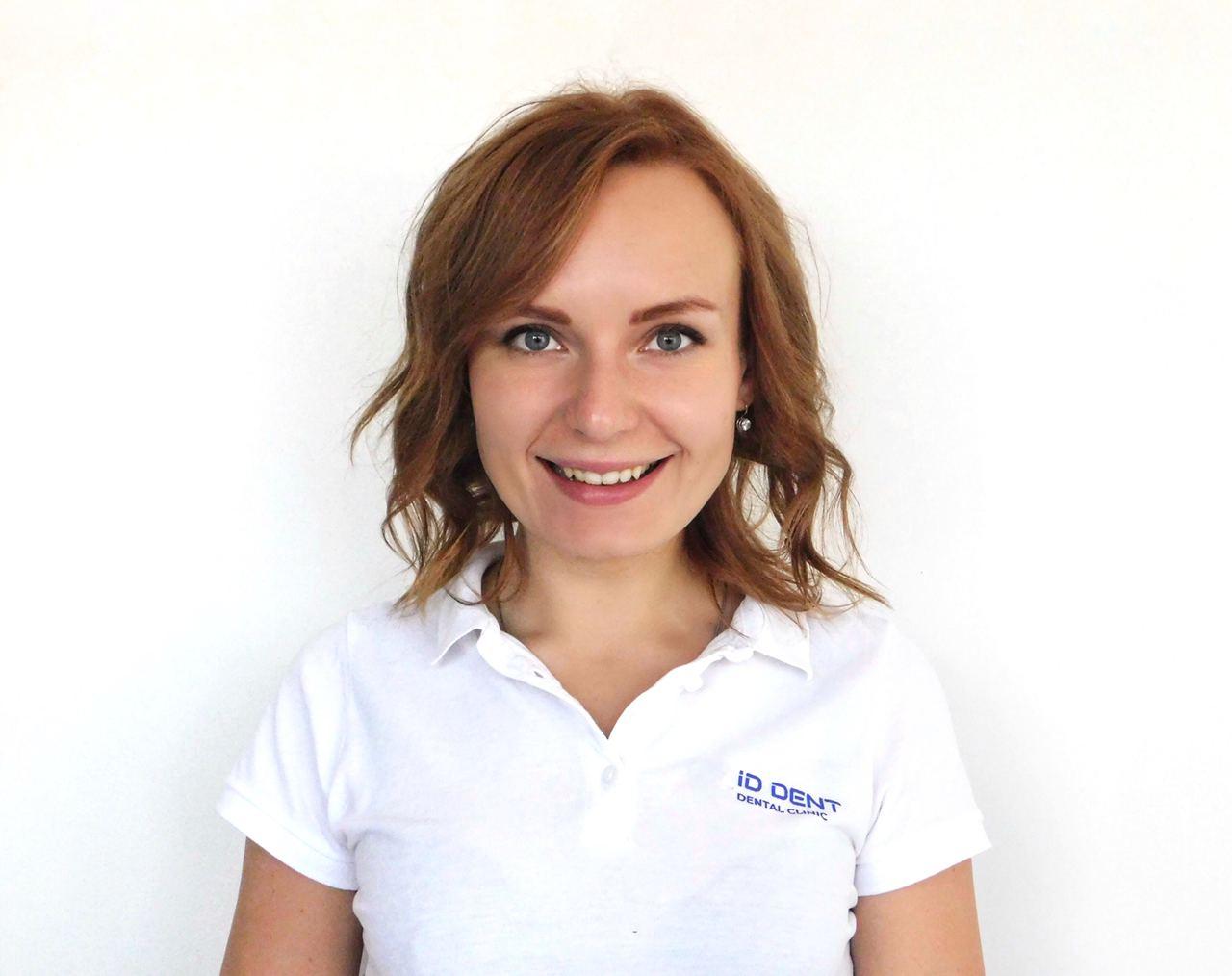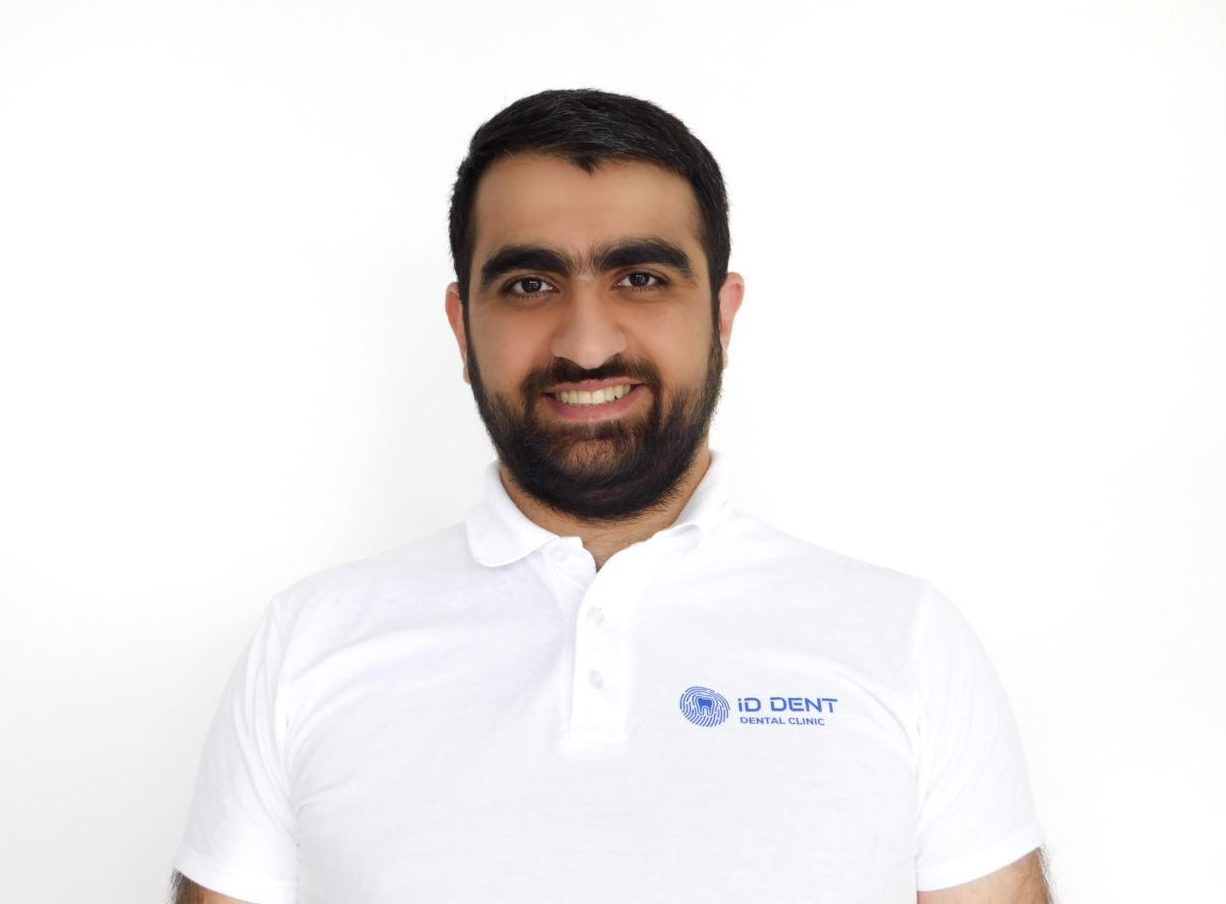Tele-X-ray Imaging (TRG)
Tele-X-ray imaging — a diagnostic method that ensures the precision of orthodontic treatment planning. TRG images guarantee ideal imaging without distortions or defects. With the results of tele-x-ray imaging at ID Dent Clinic, you’ll get the best orthodontic treatment plan!
| Type of Examination | Diagnostic |
| Procedure Method | External X-ray Device |
| TRG Goal | Treatment Planning |
| Contraindications | Pregnancy, Children |
| Patient Considerations | Remove Metal Items |
| Result Interpretation | By dentist or radiologist. |

Tele-x-ray imaging (TRG) is an essential diagnostic step before planning orthodontic treatment. The TRG image is captured by remote x-ray shooting. This ensures a flawless image without defects or distortions. In dentistry, not only correct execution of... Read more
Tele-x-ray imaging (TRG) is an essential diagnostic step before planning orthodontic treatment. The TRG image is captured by remote x-ray shooting. This ensures a flawless image without defects or distortions.
In dentistry, not only correct execution of tele-x-ray imaging is crucial but also correct interpretation of the image.
Interpretation by dentists at ID Dent Clinic enables correct diagnosis, conditions for orthodontic treatment, growth type, occlusion plane, tooth inclination and optimal positioning, and the spatial position of the lower jaw relative to the upper. Our clinic at Lesnoy Massif offers optimal orthodontic treatment cost, procedure performance guarantee, and qualified approach!

Quality diagnosis is the key to precise, effective, and targeted dental treatment. When planning bite correction, jaw diseases, and a range of dental conditions, performing TRG — tele-x-ray is mandatory. Performing TRG in Kyiv on modern equipment ensures service accuracy and safety.
Tele-X-ray — Analog or Digital Image?
A tele-x-ray image can be either analog or digital, depending on the technology used during the procedure.
An analog tele-x-ray image is made using specialized equipment and x-ray film. Once the image is captured, the film is processed with chemicals to obtain the image. Photos or film are then provided to the patient for analysis and interpretation of results.
On the other hand, a digital tele-x-ray image is based on digital technology. Instead of x-ray film, the image is immediately transferred to a computer monitor, where it can be viewed, processed, and stored instantly. Digital tele-x-rays have several advantages, including lower radiation doses, instant image access, as well as data archiving and electronic transmission.
The choice between analog and digital formats of tele-x-ray depends on the preferences and capabilities of the medical facility, as well as the individual needs of the patient. Each method has its advantages and disadvantages, and doctors choose the most suitable option in each specific case.
Indications for Tele-X-ray Imaging
Tele-x-ray (TRG) is a research method that allows obtaining side projection x-ray images of the head and neck. TRG is used in various fields of medicine and dentistry.
Here are some main indications for tele-x-ray imaging:
- Diagnosis of maxillofacial region diseases. TRG allows assessing bones, joints, teeth, and soft tissues in the head and neck area. This aids in detecting various pathologies such as fractures, tumors, inflammatory processes, and joint dysfunctions.
- Orthodontic treatment planning. TRG images enable orthodontists to assess tooth positions, bone structures, and jaw development, helping determine the necessity and plan treatment with braces or other orthodontic methods.
- Assessing obstructive sleep apnea. TRG can study anatomical features of upper airways, such as tongue position, tonsils, and nasal passages. Necessary for diagnosing and treating obstructive sleep apnea, a significant breathing disorder during sleep.
- Evaluation of various symmetrical changes. Such diagnostics can aid in assessing symmetry and various changes related to facial growth and development, like skeletal development anomalies, dental anomalies, and jaw deformations.

Contraindications
While tele-x-ray imaging is a safe diagnostic method, there are some contraindications to consider. These include:
- Pregnancy. Although the radiation dose in TRG is relatively low, x-ray procedures are advised against during pregnancy, especially in the first trimester. If TRG is necessary for diagnosis or treatment, potential risks and benefits should be discussed with a physician.
- Children. Children’s bone tissues are still developing, making them more sensitive to radiation. It’s recommended to use the lowest radiation dose possible and limit the number of x-ray procedures.
- Allergic reaction to contrast agent. If a contrast agent is planned during TRG, a patient’s potential allergic reaction should be considered. In this case, prior consultation with a physician and precautionary measures are required.
Purpose of Lateral TRG Imaging
Lateral TRG imaging provides information on the structure of the maxillofacial area in profile view. It plays a crucial role in various dentistry fields. Here are some main purposes of lateral TRG imaging:
- Diagnosis of orthodontic issues. Lateral tele-x-ray allows orthodontists to assess tooth and bone structures in profile view. This aids in diagnosing and planning treatment for various orthodontic issues, such as malocclusions, misaligned teeth, and jaw disproportions.
- Assessment of facial growth and development. Lateral tele-x-ray helps evaluate facial growth and development, including bone structures and soft tissues. This is crucial for diagnosing and treating facial bone growth anomalies, jaw deformations, and other structural changes.
- Surgical intervention planning. Lateral tele-x-ray is useful for planning various surgical interventions, like jaw surgeries, dental implantation, bite correction, and other procedures.
- Diagnosis of injuries and pathologies. Lateral tele-x-ray can detect fractures, tumors, inflammatory processes, and other pathologies in the maxillofacial area. It aids in determining symptom causes and selecting suitable treatments.
How TRG is Conducted
Lateral tele-x-ray imaging requires following specific procedures:
- Patient preparation. Patients may be asked to remove all metal objects, like jewelry and glasses, and informed of possible contraindications and allergies.
- Patient positioning. The patient stands or sits before the x-ray machine, with their head and neck secured in a proper position using special devices.
- Image capture. A radiologist or nurse directs x-ray rays through the jaws, capturing the image on a special film or digital sensor.
- Result processing and interpretation. Physicians or dentists interpret the processed image for pathology identification, structure assessment, and treatment planning.

Safety of TRG Imaging
Conducting TRG imaging is typically safe, but precautionary measures minimize potential risks:
- Radiation dose. X-ray studies, including TRG, use radiation, so it’s essential to minimize the dose. Physicians and staff should follow safety recommendations and use minimal necessary radiation for quality imaging.
- Radiation protection. Lead aprons or protective sheets minimize other body parts’ radiation exposure during research.
- Proper positioning. Correct patient positioning and specialized equipment reduce total radiation dose and additional procedure needs.
- Individual approach. Physicians consider patient-specific traits, age, and contraindications, applying precautionary measures to ensure safety and comfort.
Main Advantages of Lateral Tele-X-ray in Orthodontics
Lateral tele-x-ray imaging offers multiple benefits and is extensively used in orthodontics. Key advantages include:

- Assessment of facial growth and development. Lateral tele-x-ray helps evaluate facial growth and development, analyzing bone structures and soft tissues. This aids in diagnosing and treatment planning for orthodontic issues like malocclusions and tooth misalignments.
- Diagnosis of developmental anomalies. Lateral TRG helps identify maxillofacial development anomalies, such as uneven jaw growth, bone structure anomalies, and deformations, assisting in treatment planning and choosing appropriate approaches.
- Evaluation of orthodontic treatment impact. Lateral tele-x-ray assesses the impact of orthodontic treatment on bone structures and tooth positions, enabling progress and treatment result evaluations, as well as treatment plan adjustments.
- Surgical intervention planning. Lateral tele-x-ray aids in planning orthodontic-related surgical interventions, like jaw surgeries, dental implants, and other procedures requiring precise anatomical assessments.
Price of Lateral TRG Imaging in Kyiv
Price for lateral TRG imaging varies based on factors like clinic location, equipment level, and specialist qualifications. For specific price details, it’s advised to contact the diagnostic center directly.
Need quality dental diagnosis? Visit ID Dent Dental Clinic on the Left Bank (Lesnoy Massif). Reaching us is convenient, with nearby Lesnaya and Chernihivska metro stations.
List of References:
- Doroshenko S.I., Kulginsky E.A. Fundamentals of Tele-X-ray Imaging. – 2007. – 72 p.
- Khoroshilkina F.Ya. – Tele-X-ray Analysis in Orthodontics. – 2012. – 232 p.

 Kyiv, st. Bratislavskaya 14B
Kyiv, st. Bratislavskaya 14B Mon.-Fri. 9-20, Sat.-Sun. 10-18
Mon.-Fri. 9-20, Sat.-Sun. 10-18




